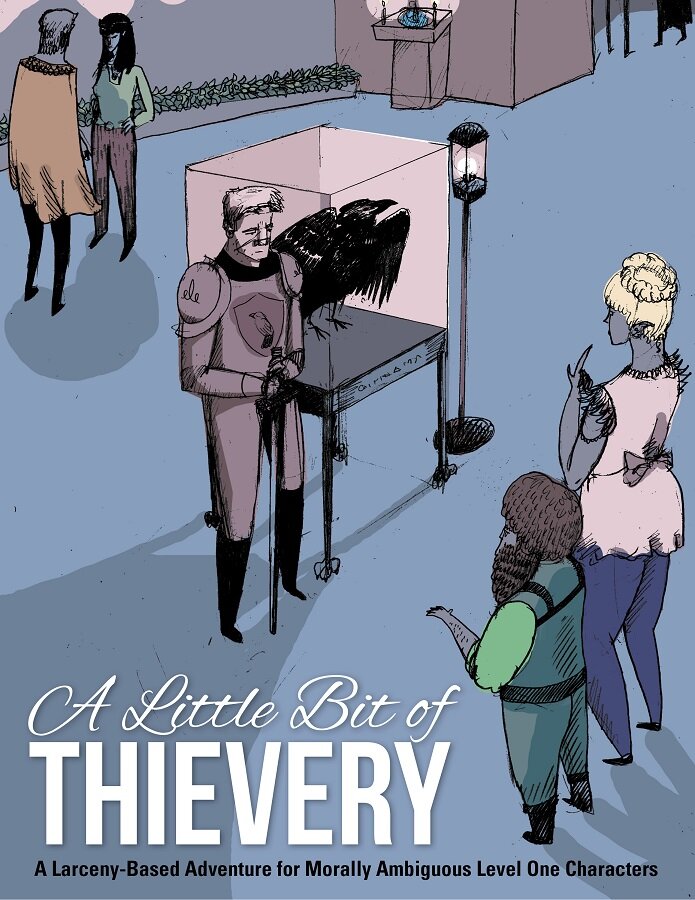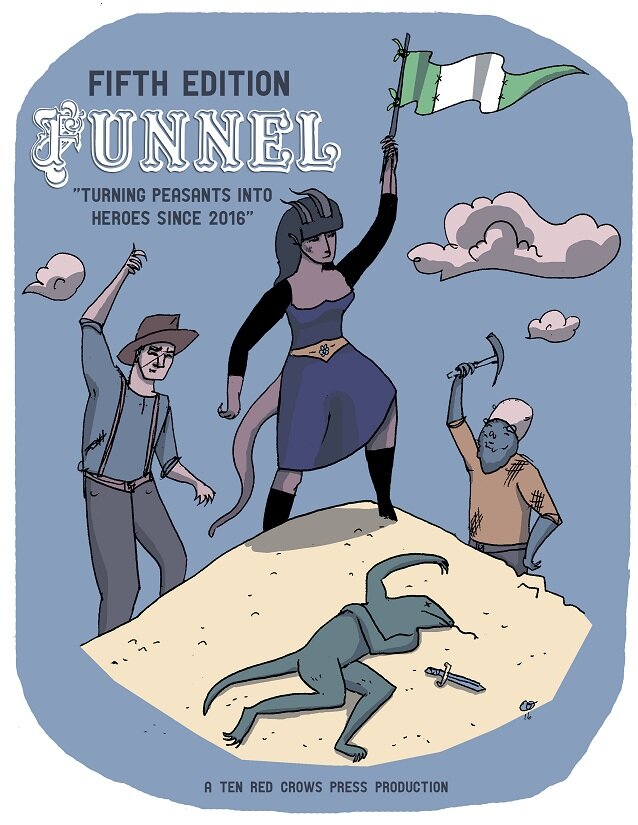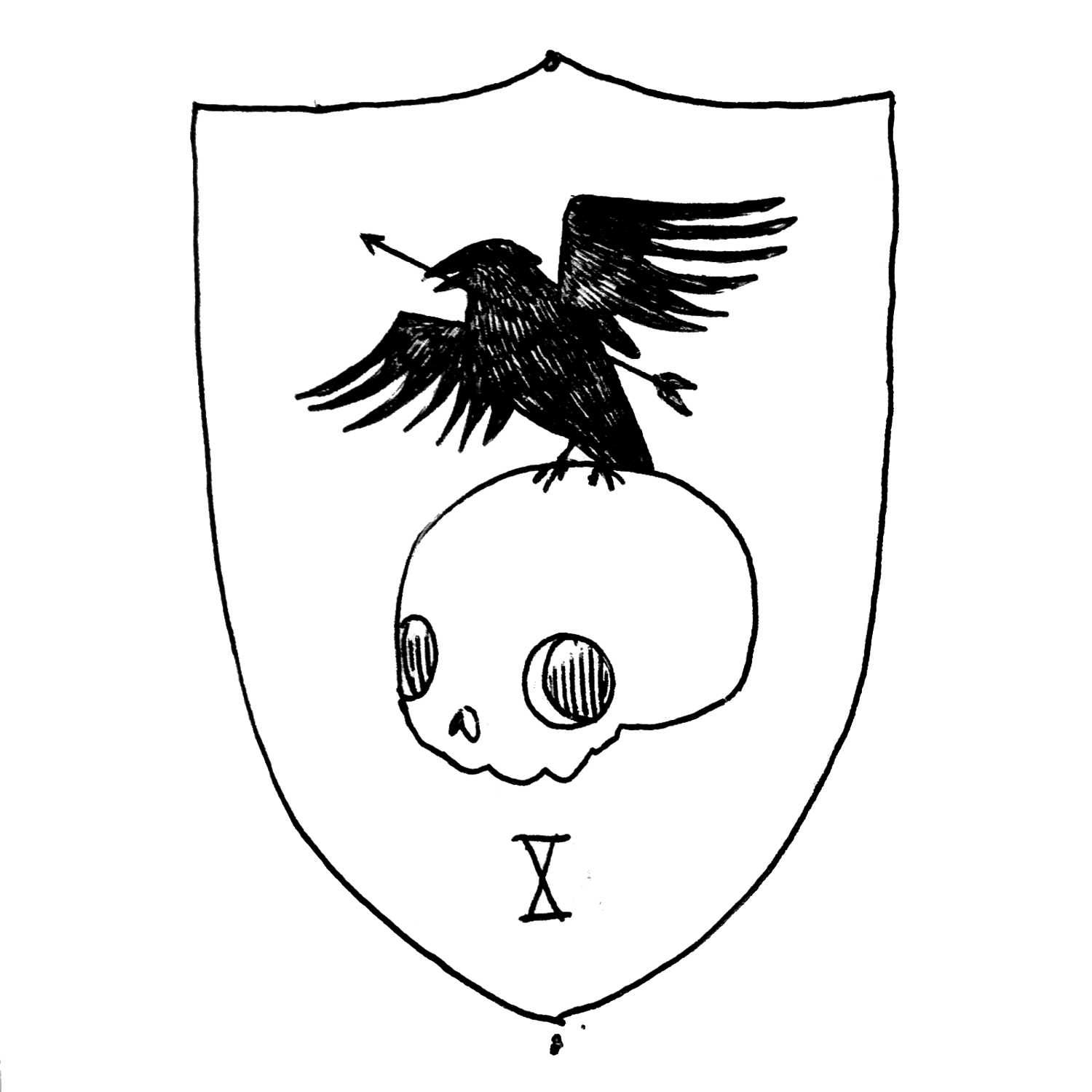Preamble
Sly Flourish wrote an awesome article about building swarms of larger creatures. I made the mistake of reading it at work, and spent the rest of the day distracted. This is going to be awesome.
Low Level Monsters
The Monster Manual is full monsters, but starting around CR 6 or 7 the variety plummets. The manual is clearly geared toward low level creatures. This is by design, due to the "bounded accuracy" concept these monsters are supposed to have longer gameplay lives. However attacking a party with 18 or 20 orcs can lead to slow stifling combat.
Solution: Swarms
Individually these creatures are weak, but as a swarm... Sly Flourish points out swarms can help take low level creatures and bump them up while reducing the bookkeeping for the DM. Instead of reskinning higher level monsters, I wanted to create the swarms based of the original monster math. I decided that when creatures operate as a swarm I give them three distinct advantages:
- They get damage reduction. An attack that targets one creature can only do as much damage as the HP of the creature that makes up the swarm. For example, an individual member of the orc raiding party below has 15 hit points. No damage from a single attack can do more than 15 damage to the orc raiding party (i.e. you just kill the orc, no more).
- They get condition immunities. Swarms cannot be charmed, frightened, paralyzed, petrified, prone, restrained, stunned. These conditions really only work on solitary creatures.
- They sometimes get advantage. Larger swarms get advantage against solitary creatures if creature is not within 5ft of an ally (of that creature). Basically they can surround solitary targets and bring the pain.
They also get three distinct disadvantages:
- Vulnerable to area effect spells. The swarm consists of creatures packed tightly together. Thus they take double damage from area attacks.
- Ability Reduction. Once the swarm becomes bloodied (loses half its hit points) it loses the ability to swarm a target and get advantage. They also lose their multi-attack ability.
- A little slower. It's harder to move as a group.
Let's Test This Out
I took six orcs and bolted them together. The HP and attack damage are a direct result of taking an Orc's statistics and multiplying them by six. Done. I split those 'Great Axe' attacks into a multi attack (two rolls instead of six). Toss in those extra abilities and we are set.
Download a copy here.
Calculating the challenge rating (CR) was a tad tricky. The creature's damage drops by 50% when it is at half hit points. Thats easy enough ((dmg*1.5)/2). The to hit is taken from the creature's stats. We assume that the advantage is used half of the time the creature can, which is 25% of the time. This leads to a +1.25 bonus to hit (advantage confers a +5 (ish) bonus times 25%). I determined the vulnerability to area of effect attacks to count for CR calculation purposes and reduce the HP by 50%. I don't think the damage reduction on attacks with a single target changes CR. This gives the orc an offensive CR of 7 and a defensive CR of 1/4. Thats a final CR of 4. This makes the creature worth 1100. Oddly enough, the adjusted encounter XP for 6 orcs is 1200 (600 x 2).
Play Test Results
I had a Level 13 Tiefling Rogue and Human Barbarian over for dinner and we tested the swarms out. In this scenario, they fought 18 orcs (3 swarms). In the first game, the barbarian and rogue separated. The orcs swarmed over the barbarian, and with their advantage dropped the barbarian in 2 or 3 rounds. The rogue escaped.
In the second game, the rogue and barbarian fought back to back (negating the orcs advantage) and cleverly used terrain to hold the creatures off with minimal damage.
I learned that the XP is about right. This was a tough fight, but the rogue and barbarian didn't have any area attack abilities. The combat was swingy, but I think orc raiding party would be good for keeping heroes pinned and forcing a tight formation (making them vulnerable to spell casters).
Let me know what you think.




